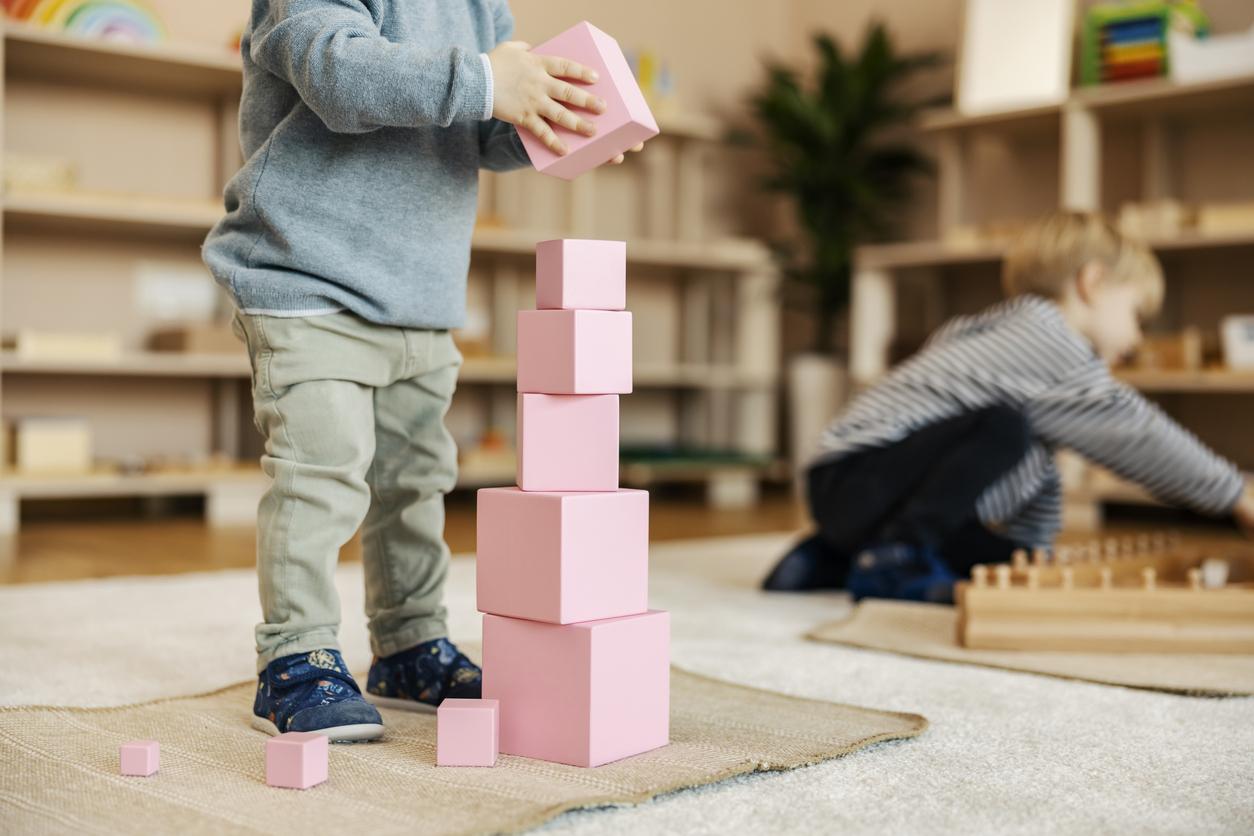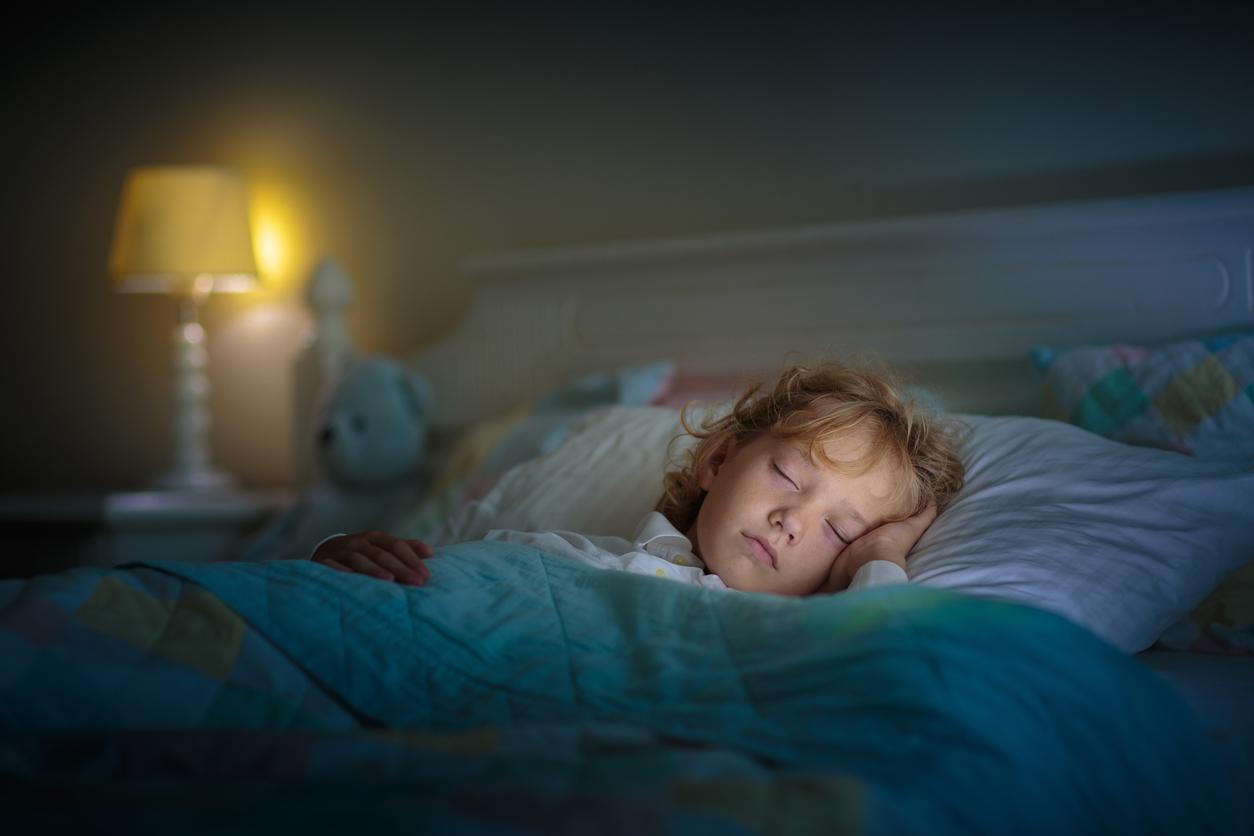Dr. Guillaume Aubertin explains the causes and symptoms of sleep apnea (SAS) in children.

- Most sleep disorders seen in adults are also found in children and adolescents.
- Today, it is estimated that 1 to 6% of children may have sleep apnea.
- “A child who breathes poorly will make more effort to breathe, which leads to significant energy expenditure and therefore difficulty gaining weight,” explains Dr. Guillaume Aubertin.
During the Sleep Congress which was recently held in Lille, Dr. Guillaume Aubertin, pulmonologist-pediatrician at the Armand Trousseau Paris Hospital (AP-HP), wanted to draw attention to sleep apnea in ‘child.
“It should be noted that most of the sleep disorders observed in adults are also found in children and adolescents: bruxism, sleepwalking, sleep apnea, hypersomnolence,” first recalled the Secretary General of the SFRMS (French Society for Research and Sleep Medicine). “These pathologies are sometimes underestimated, which is why it is important to pay attention to children’s sleep and state of fatigue,” he then emphasized.
Sleep apnea in children: what are the symptoms?
Today, it is estimated that 1 to 6% of children may have sleep apnea. “We must be vigilant for a set of symptoms that suggest the diagnosis, even without complaint from the child. We can easily classify these symptoms of pediatric sleep apnea into two main categories, nocturnal and daytime,” the doctor also explained.
Nocturnal symptoms include:
– Frequent snoring (more than 3 nights a week for more than 3 months), heard once the bedroom door is closed.
– Respiratory irregularities or apnea.
– Noisy inspiratory recovery.
In terms of daytime symptoms, we find:
– behavioral problems (agitation, irritability).
– Attention disorders.
– Growth disorders.
– Alterations in weight.
“A child who breathes poorly will make more effort to breathe, which leads to a significant energy expenditure and therefore difficulty in gaining weight. As for size problems, they are also linked to an alteration of secretion of growth hormone. Indeed, the micro-awakenings caused by apnea disrupt the architecture of sleep and the synthesis of this hormone is affected. develops the scientist.
Sleep apnea in children: what are the treatments?
The causes of sleep apnea in children differ from those mainly observed in adults. In addition to obesity and genetic and/or syndromic diseases, obstructive sleep apnea in children is generally secondary to hypertrophy of lymphoid tissues such as the adenoids and tonsils.
A recent consensus issued at the request of the SFRMS and published this year focuses on the management of children in whom sleep apnea is suspected and/or diagnosed. “This publication highlights the essential role of the ENT doctor in the treatment of apnea in children, but all caregivers must participate in screening for these sleep disorders. Sleep examination is not always necessary and most often, ENT surgery is considered as first intention in order to reduce obstruction by lymphoid tissues. detailed Guillaume Aubertin.
In all cases, there are 3 areas of care for any child with apnea: excess weight, nasal hygiene and allergies.















